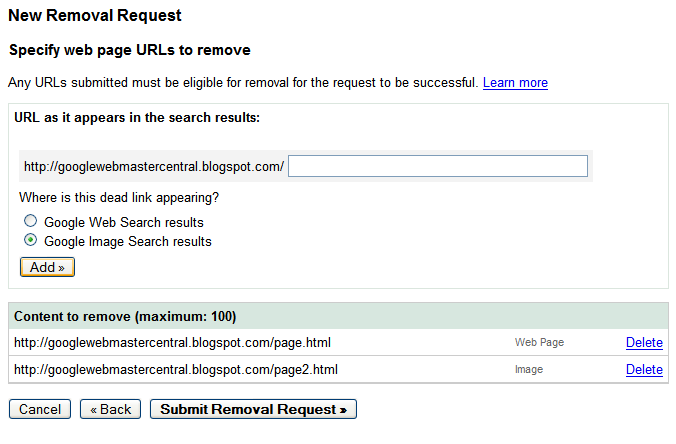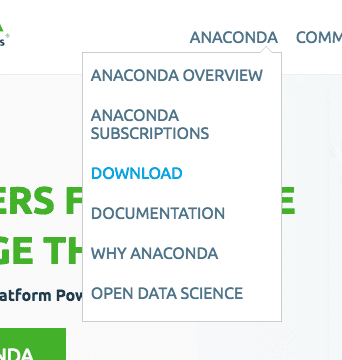Osx Update Python
- Set up your computer
- Practice
Doing it Right¶. Let’s install a real version of Python. Before installing Python, you’ll need to install a C compiler. The fastest way is to install the Xcode Command Line Tools by running xcode-select-install. The last major Python upgrade — to version 3 — arrived in Dec. 2008, nearly 12 years ago. And yet there is a good chance that you are still working on the Python 2 product or test code. If so, then you may be seeing the below deprecation message as a reminder to update the Python version you’re working with. I have installed python 3.2 in my mac. After I run /Applications/Python 3.2/Update Shell Profile.command, it's confusing that when I type python -V in Terminal it says that Python 2.6.1, how can I.
Start here!
Try this 10-minute tutorial. When itloads, type tutorial and press Enter to start.
Set up your computer
This is our recommended way to install Python on your system.
Install Anaconda
- Please download the Anaconda installer. We recommend Python 3.
- Choose
Install for me only - By default, Anaconda will prepend itself to your PATH – leave this as is
- When Anaconda has finished installing, open a terminal (Linux, OSX), or the Anaconda Prompt (Windows)
- Type
conda update conda, hit enter, and then type 'y' (and hit enter) - Type
conda update anaconda, hit enter, and then type 'y' (and hit enter)
Run the Jupyter Notebook
With Jupyter, you intersperse code, output, explanatory text, and figures in one big file called a 'notebook.' Notebooks are a convenient format to explore a language and to share examples of code.
Osx Update Python
- To run a notebook, open the Terminal (Linux, OSX) or Anaconda Prompt (Windows) and type
jupyter notebook. - The notebook will open a new tab in your default browser. Do not close the terminal, as this will also shutdown the notebook.
- When it has loaded, click on 'New' (at the top right) and then 'Python3' to create a new notebook.
Python 2 vs Python 3


Python 3 (released in 2008) is the newest version of Python, and most featureshave not changed. Most packages have been updated to Python 3 by now (2016).So, if your lab does not have a preference, I recommend using Python 3.
Mac Update Python To 3.8
There are a couple key differences for novice programmers:
- In Python 2, you can print with
print 42orprint(42). In Python3, you need to use parentheses, as inprint(42). Make osx boot usb from windows. In Python 2, division of two integers like
5/2will evaluate to2. (Python will drop the remainder if both numbers are integers.)Python 3 does exact division ('2.5', in this example). If you use Python 2 and do not want this behavior, add this line at the top of each program:from __future__ import division.
Text editors and IDEs
Osx Update Python 2.7 To 3
For creating large projects in Python, we recommend using a text editor in combination with the Jupyter notebook. Popular choices include:
For even larger projects, a well-engineered IDE (Interactive Development Environment) may be better than a text editor. Typically, IDEs include drag-and-drop support for debugging and refactoring. Popular choices include:
Practice
Past topics of the Python Working Group are linked here. Suggestions? Send us an email at dlab-frontdesk@berkeley.edu.
Mac Update Python
Software Carpentry
These exercises are really useful to get acquainted with Python. Here's a link to the Jupyter notebook version and the webpage version.
Python for Social Sciences
This is a free online book by Jean Mark Gawron. It's free and online at this link.
Resources
Check the Learning Resources page for more learning materials. Others in the community may also have relevant materials.
